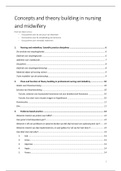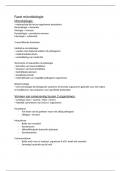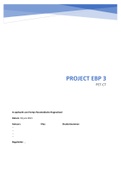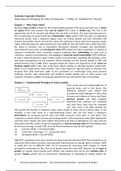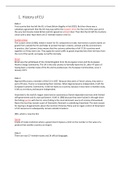Samenvatting
Samenvatting Concepten en theorievorming
- Vak
- Instelling
Hier vindt u een volledige samenvatting van het opleidingsonderdeel: Concepten en theorievorming in de verpleeg- en vroedkunde gegeven door Prof. Moons in . De samenvatting is nog steeds bruikbaar in verdere jaren.
[Meer zien]
